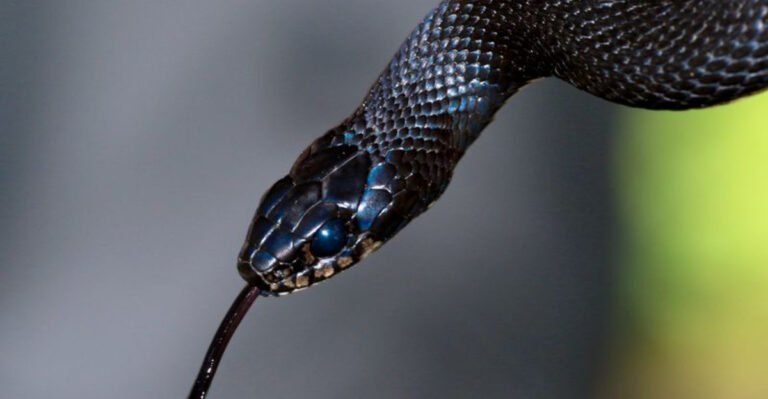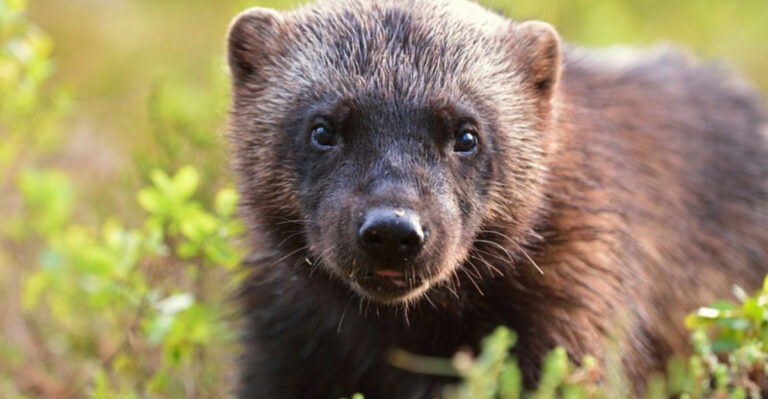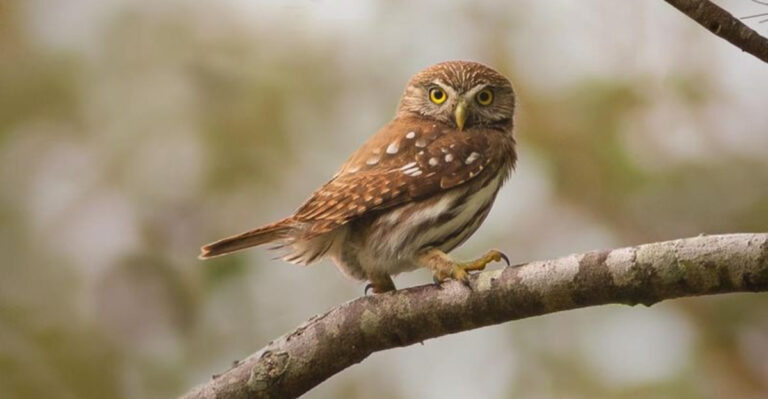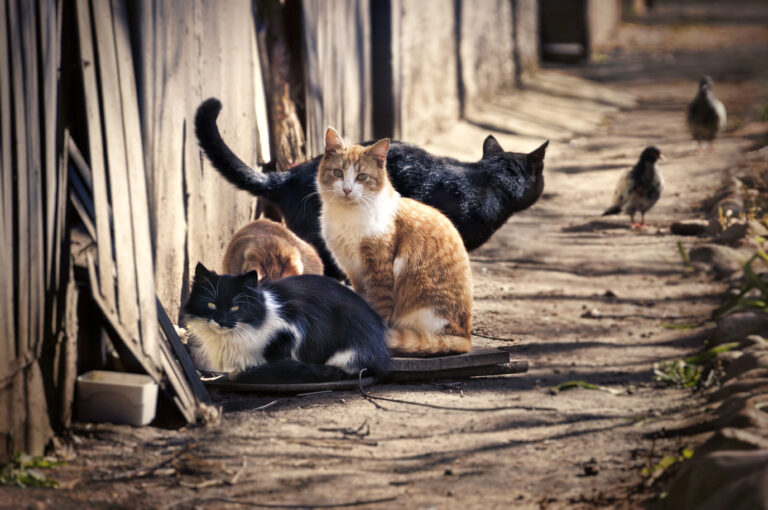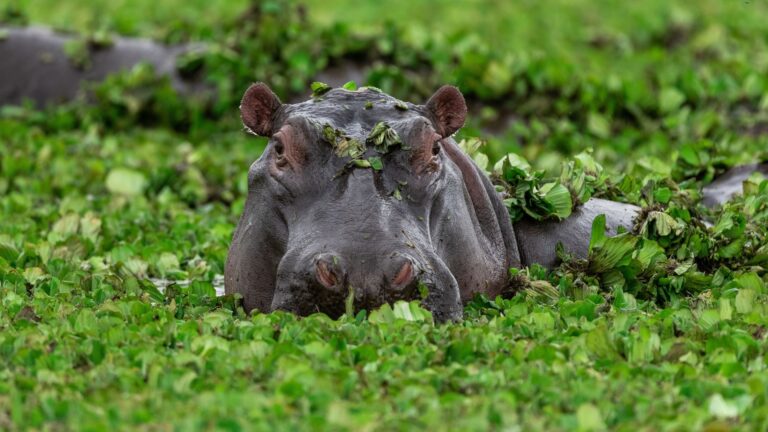16 Sad Animal Facts That Will Break Your Heart
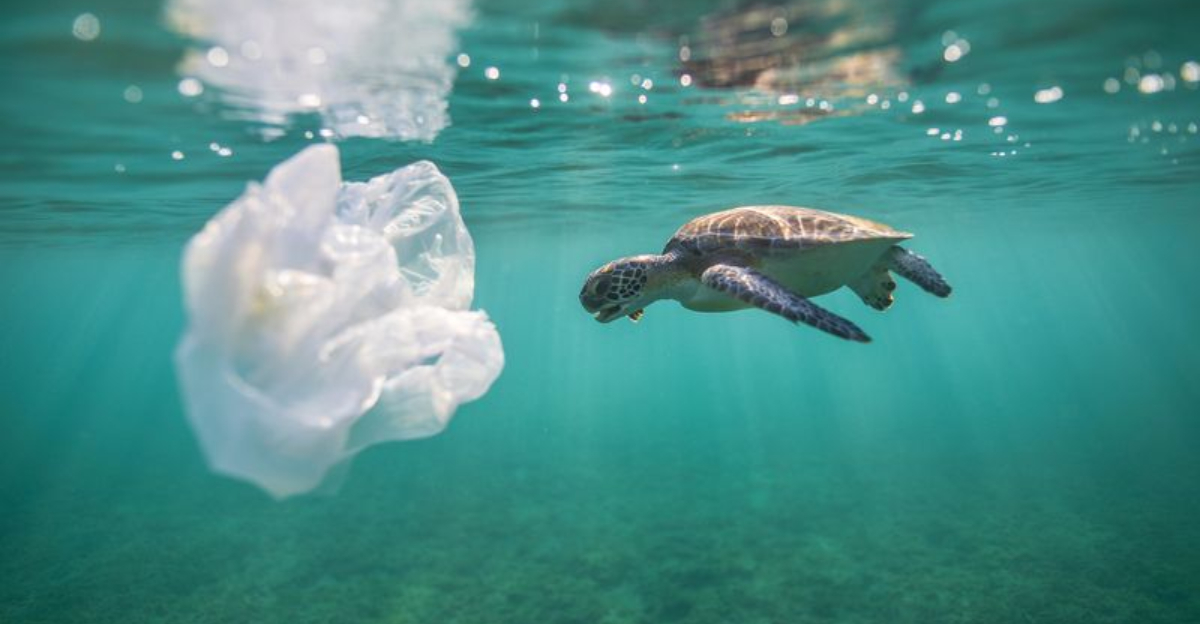
Animals, with their vast diversity, often come with stories that tug at our heartstrings.
Whether it’s about their survival, habitats, or unique behaviors, each fact reveals a layer of their existence that many of us might not know.
1. Koala’s Sleepy Plight
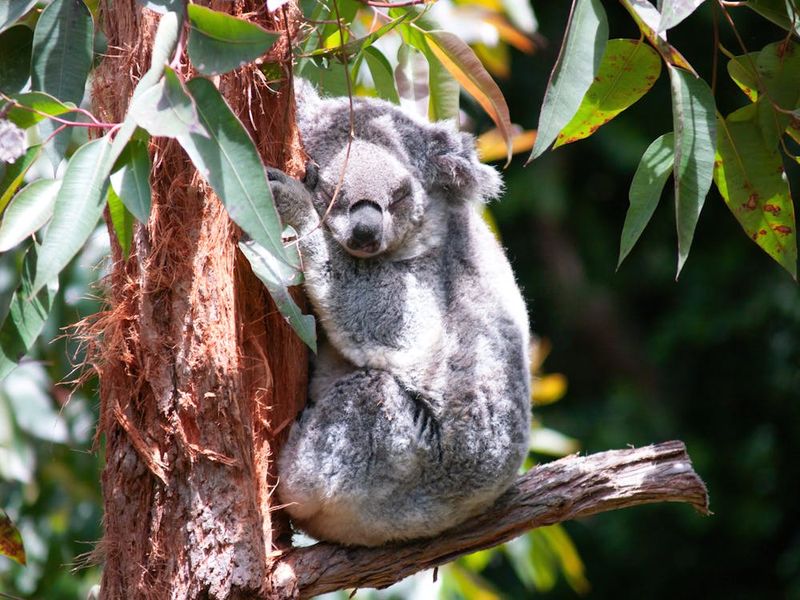
Koalas, those adorable fluffy-eared marsupials, spend up to 20 hours a day snoozing. Their diet mainly consists of eucalyptus leaves, which are low in nutrition.
This means they need to conserve energy by sleeping excessively. Imagine spending most of your life in a sleepy haze!
Sadly, their habitats are rapidly declining due to deforestation. This loss forces them to travel more, which isn’t ideal for these laid-back creatures.
Their populations are declining, and it’s heartbreaking to see such a unique species struggle.
2. Penguin’s Lonely March
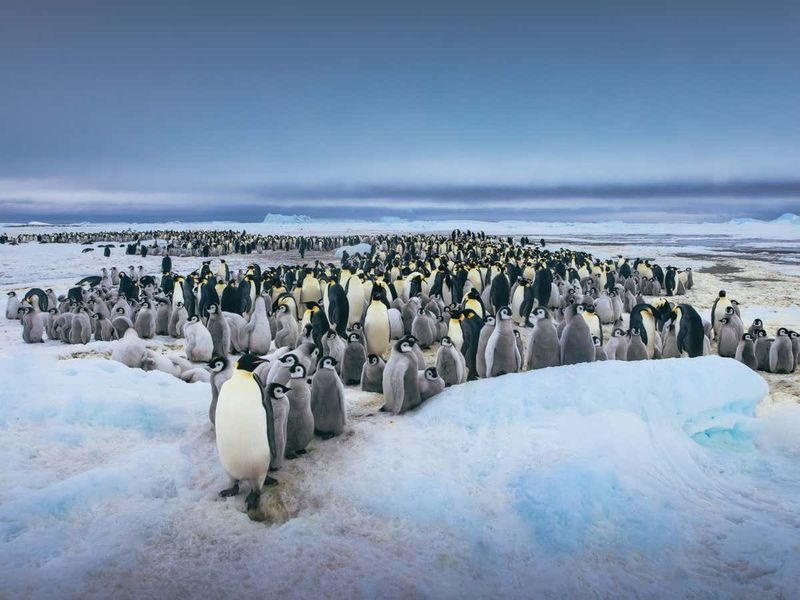
Every year, emperor penguins embark on a long march across the icy Antarctic to reach their breeding grounds.
This journey is arduous, and many penguins face harsh conditions just to ensure the survival of their species.
But climate change threatens their icy habitat. As ice melts, their breeding grounds are disappearing. For creatures so dependent on ice, this is a grave concern.
3. Elephant’s Memory Of Loss
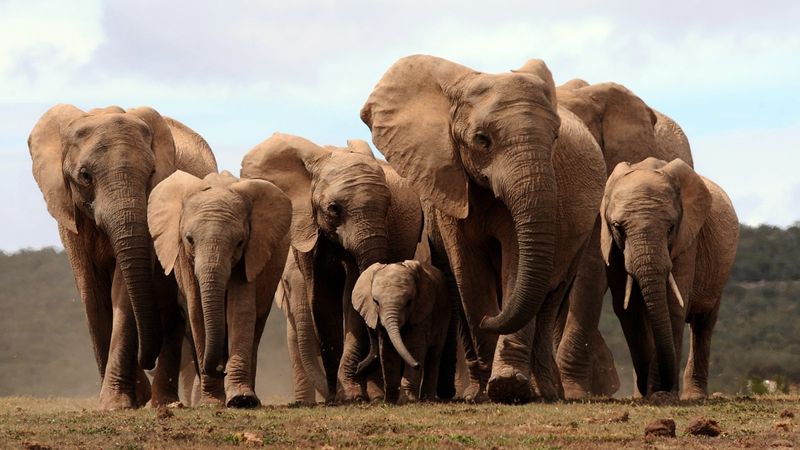
Elephants, often revered for their intelligence, have a profound emotional depth. They form close bonds and mourn their dead, revisiting the remains.
This grieving process is both touching and a testament to their deep social connections. Sadly, poaching continues to threaten their existence.
Losing a family member to poaching is a traumatic event for these gentle giants.
It’s distressing to know that despite their intelligence and compassion, they face such dire circumstances because of human actions.
4. Orangutan’s Vanishing Forest
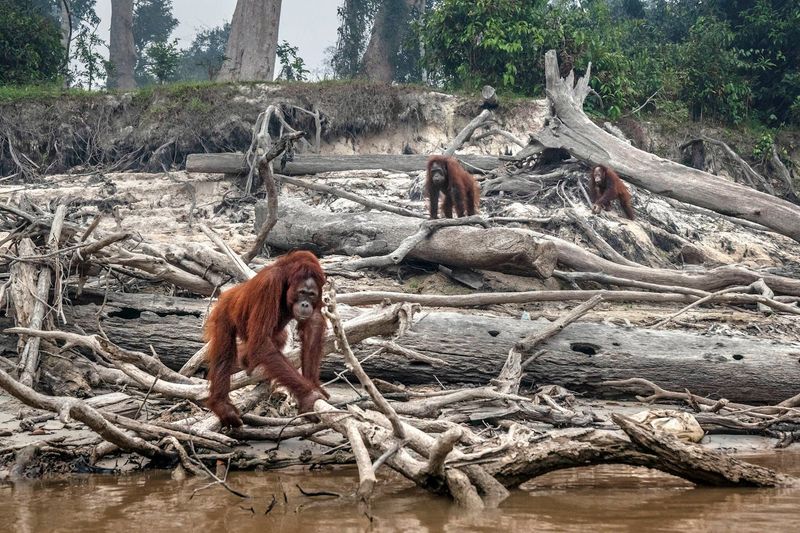
Orangutans, with their striking reddish-brown fur, face a dire threat as their rainforest homes are destroyed for palm oil plantations.
These gentle apes share about 97% of their DNA with humans, showcasing their advanced cognitive abilities.
Despite their intelligence, they are helpless against habitat destruction. Watching them struggle to find food and shelter as their world collapses is heart-wrenching.
5. Polar Bear’s Melting World
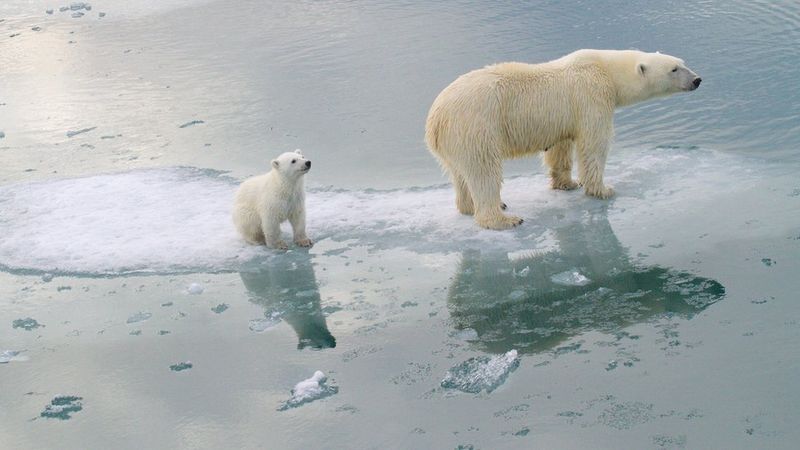
Polar bears, the symbol of Arctic strength, are facing a melting challenge. As the Arctic ice diminishes due to climate change, these magnificent creatures struggle to find stable ground for hunting and resting.
Their survival depends on ice, and without it, they face starvation. It’s a chilling reality that such a powerful predator can be so vulnerable.
The melting ice isn’t just a threat to polar bears but a warning sign of broader environmental impacts on our planet.
6. Bee’s Silent Decline
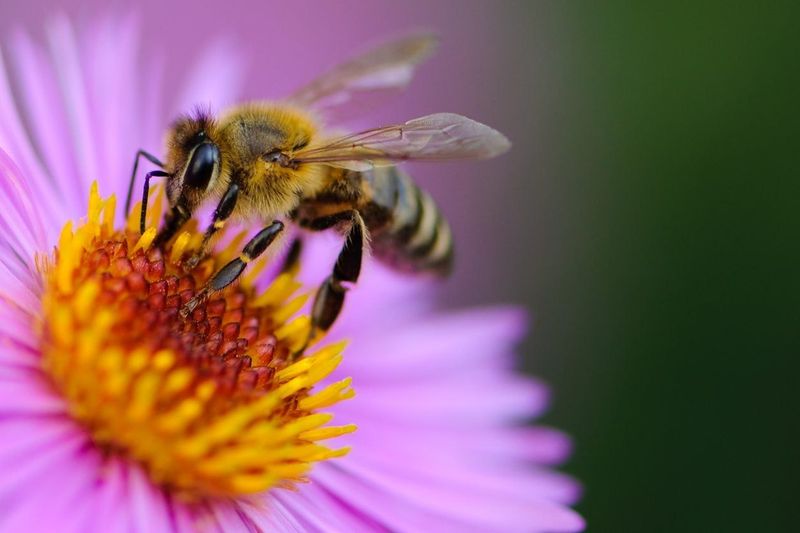
Bees, the tiny heroes of pollination, are quietly disappearing. Their decline is alarming since they play a crucial role in our ecosystem by pollinating plants.
Factors like pesticides, habitat loss, and climate change contribute to their dwindling numbers. Without bees, our food supply is at risk, and the vibrant gardens we love could disappear.
It’s a quiet crisis with massive implications, urging us to reconsider our environmental choices to ensure these buzzing pollinators continue their vital work.
7. Sea Turtle’s Plastic Peril
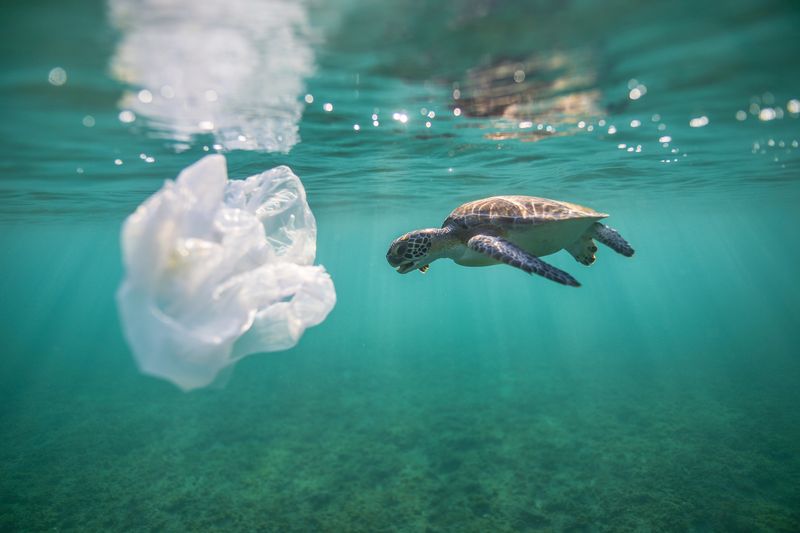
Sea turtles, ancient mariners of the ocean, face a modern threat—plastic pollution. These creatures often mistake plastic bags for jellyfish, which can be fatal.
Their nesting sites are also polluted, affecting hatchling survival rates.
Despite their resilience over millions of years, they are now vulnerable due to our actions. Protecting these majestic creatures requires reducing plastic waste and preserving their habitats.
8. Rhino’s Horned Misfortune
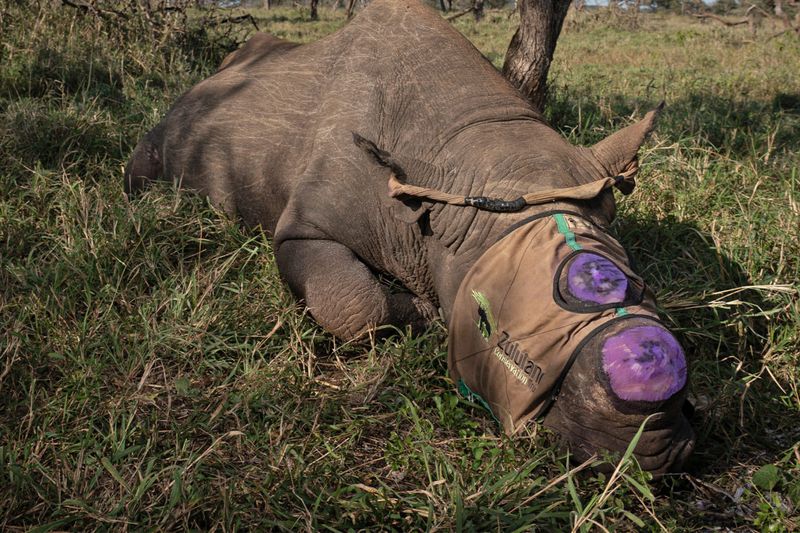
Rhinos, with their majestic horns, have become targets for poachers seeking valuable ivory. This illegal trade has pushed them to the brink of extinction.
Their horns, believed to have medicinal properties, are nothing more than keratin, like our nails. The brutal reality is that these magnificent creatures suffer horrendously due to myths.
It’s heartbreaking to see them reduced to mere commodities.
9. Blue Whale’s Echoing Call
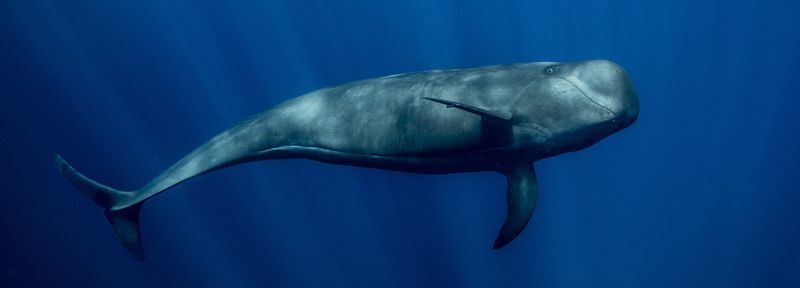
Blue whales, the giants of the sea, produce low-frequency calls that travel long distances underwater. However, increasing ocean noise from ships and human activities disrupts their communication.
This interference affects their mating and navigation. Imagine trying to converse in a noisy room—it’s frustrating.
The oceans are becoming a cacophony, making life difficult for these gentle giants. Protecting the ocean’s acoustic environment is vital for their survival and the health of marine ecosystems.
10. Wolf’s Uncertain Howl

Wolves, often misunderstood and feared, play a crucial role in maintaining ecological balance. However, they face threats from habitat loss and hunting.
Their haunting howls echo through forests as a call for help and unity among packs. Despite their importance, misconceptions continue to paint them as villains.
Protecting these enigmatic creatures means understanding their role in nature and fostering coexistence. Their uncertain future hinges on our willingness to see them as allies rather than adversaries.
11. Sloth’s Slow Struggle
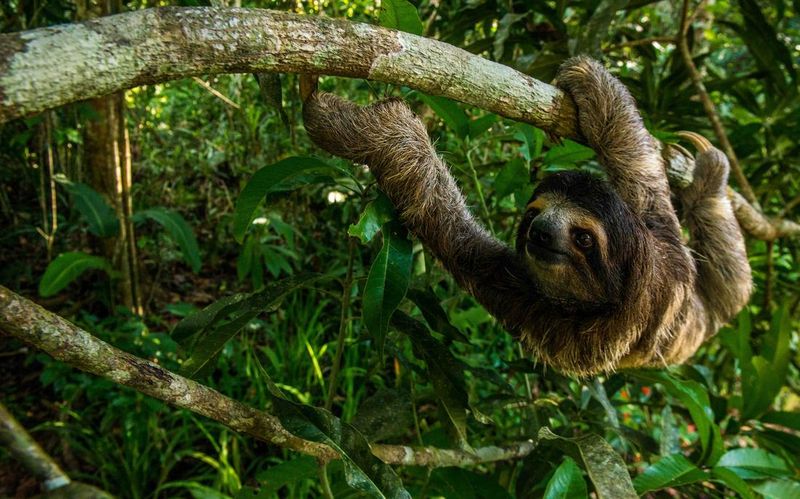
Sloths, with their endearingly slow movements, face challenges in their rapidly changing environments. Deforestation and habitat loss mean fewer trees for them to call home.
Their sluggish nature, while charming, makes them vulnerable to predators and human encroachment. It’s a slow struggle for survival, but their unique lifestyle is vital for forest ecology.
12. Chimpanzee’s Complex Reality
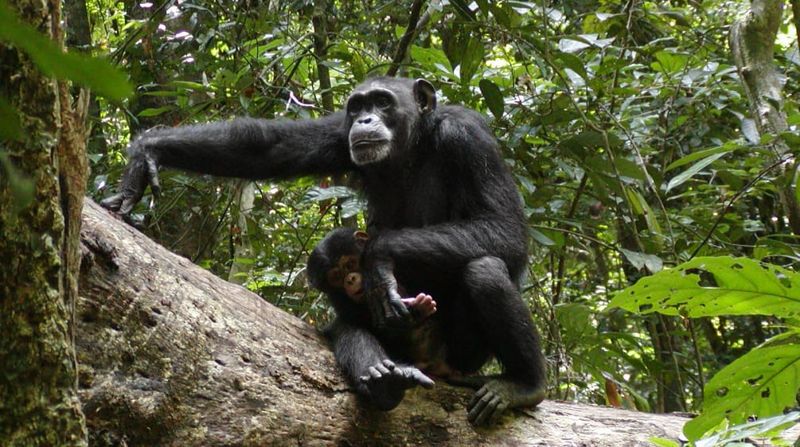
Chimpanzees, our closest relatives in the animal kingdom, face a complex reality due to deforestation and illegal hunting. These intelligent beings showcase behaviors and emotions strikingly similar to humans.
Yet, their numbers are dwindling due to habitat loss and poaching. Their plight is a stark reminder of the shared ancestry and responsibilities we have towards them.
13. Cheetah’s Race Against Time
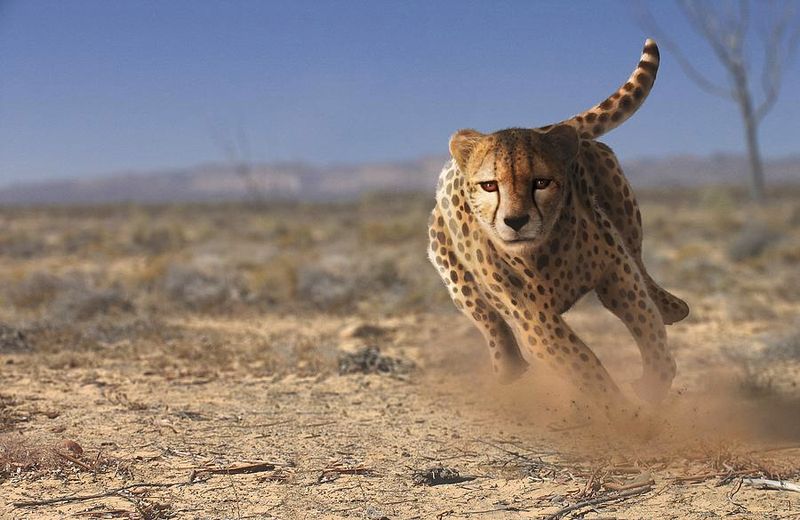
Cheetahs, the fastest land animals, are in a race against time due to habitat loss and declining prey. Their speed is unmatched, yet they are struggling to keep up with environmental changes.
As grasslands shrink, finding food becomes increasingly difficult. These sleek predators rely on vast open spaces to thrive.
Protecting their habitats ensures the survival of these magnificent sprinters. Their continued existence is a testament to nature’s incredible design and the importance of preserving it.
14. Panda’s Bamboo Dilemma
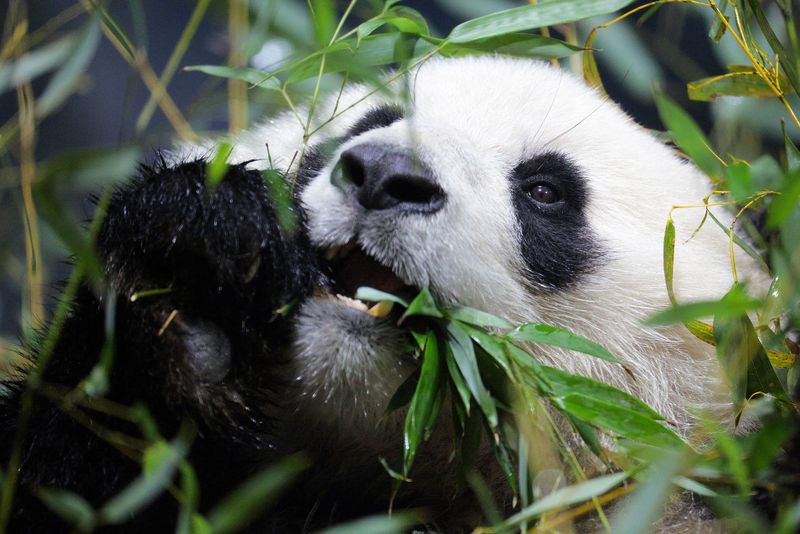
Pandas, with their distinctive black and white markings, rely heavily on bamboo for sustenance. However, bamboo forests are under threat from deforestation and climate change.
These gentle creatures spend most of their day eating to meet their nutritional needs. Despite their peaceful demeanor, they face a precarious future if their food source diminishes.
15. Shark’s Misunderstood Nature
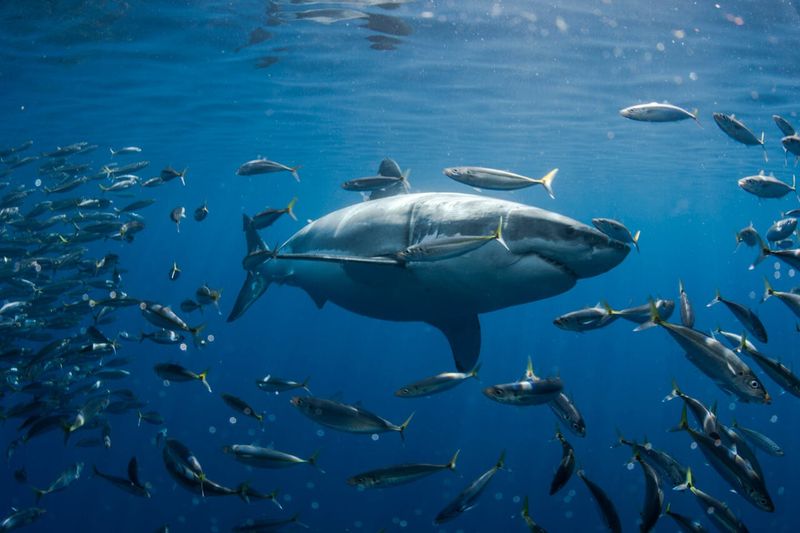
Sharks, often portrayed as fearsome predators, play a vital role in marine ecosystems. However, overfishing and media sensationalism have led to their decline.
These apex predators maintain the balance of ocean life. Yet, their misunderstood nature means they are hunted for their fins and viewed as threats.
Their survival is crucial for healthy oceans, and understanding them is the first step in conservation.
16. Bat’s Crucial Nightlife
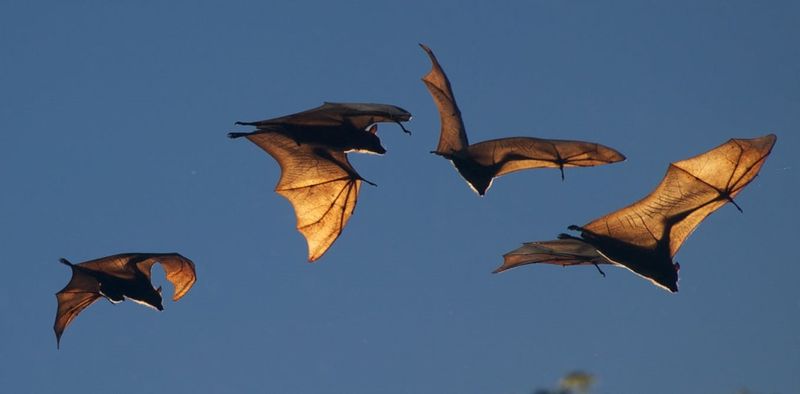
Bats, the only flying mammals, are vital for pest control and pollination. However, habitat destruction and diseases like white-nose syndrome threaten their existence.
These nocturnal creatures often go unnoticed, yet they play a crucial role in maintaining ecological balance. Their future depends on our awareness and actions.


